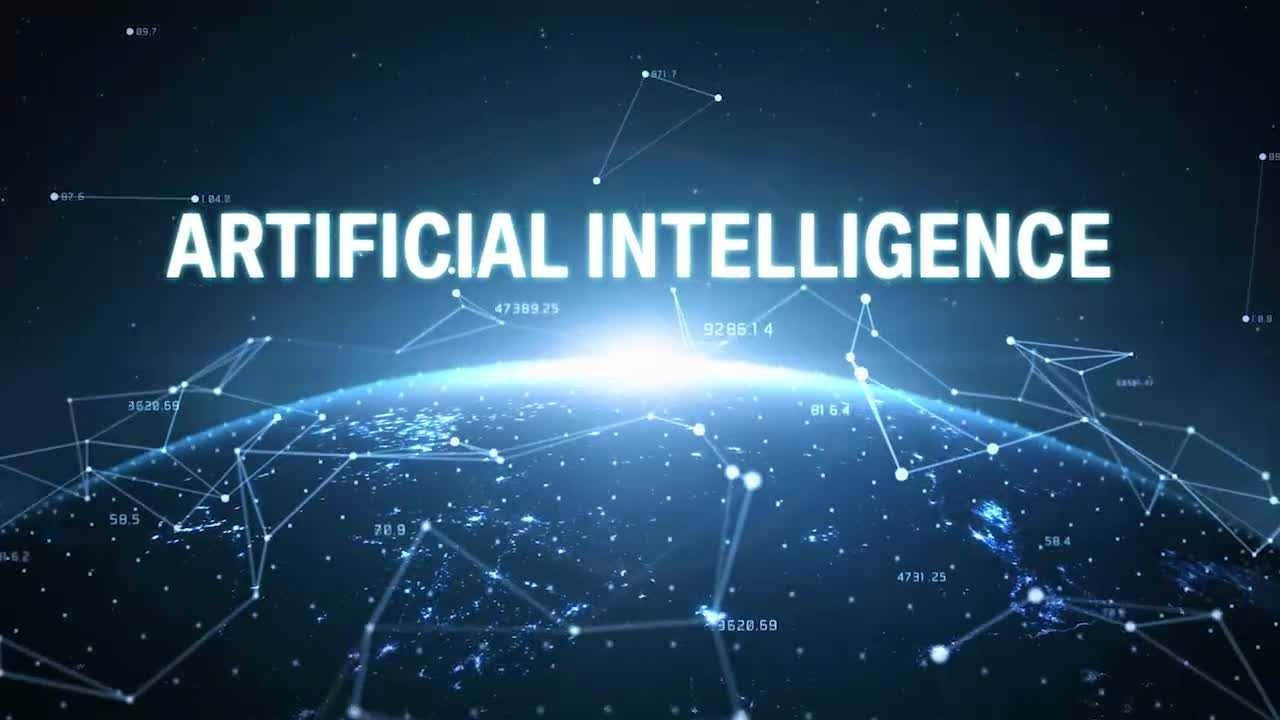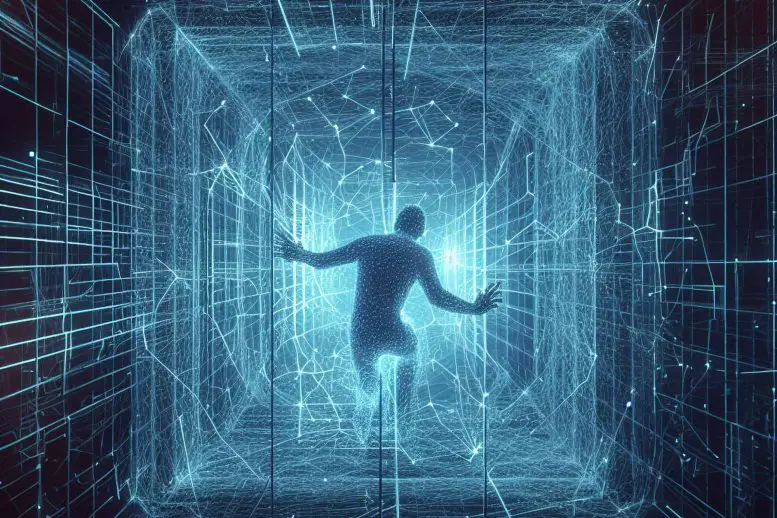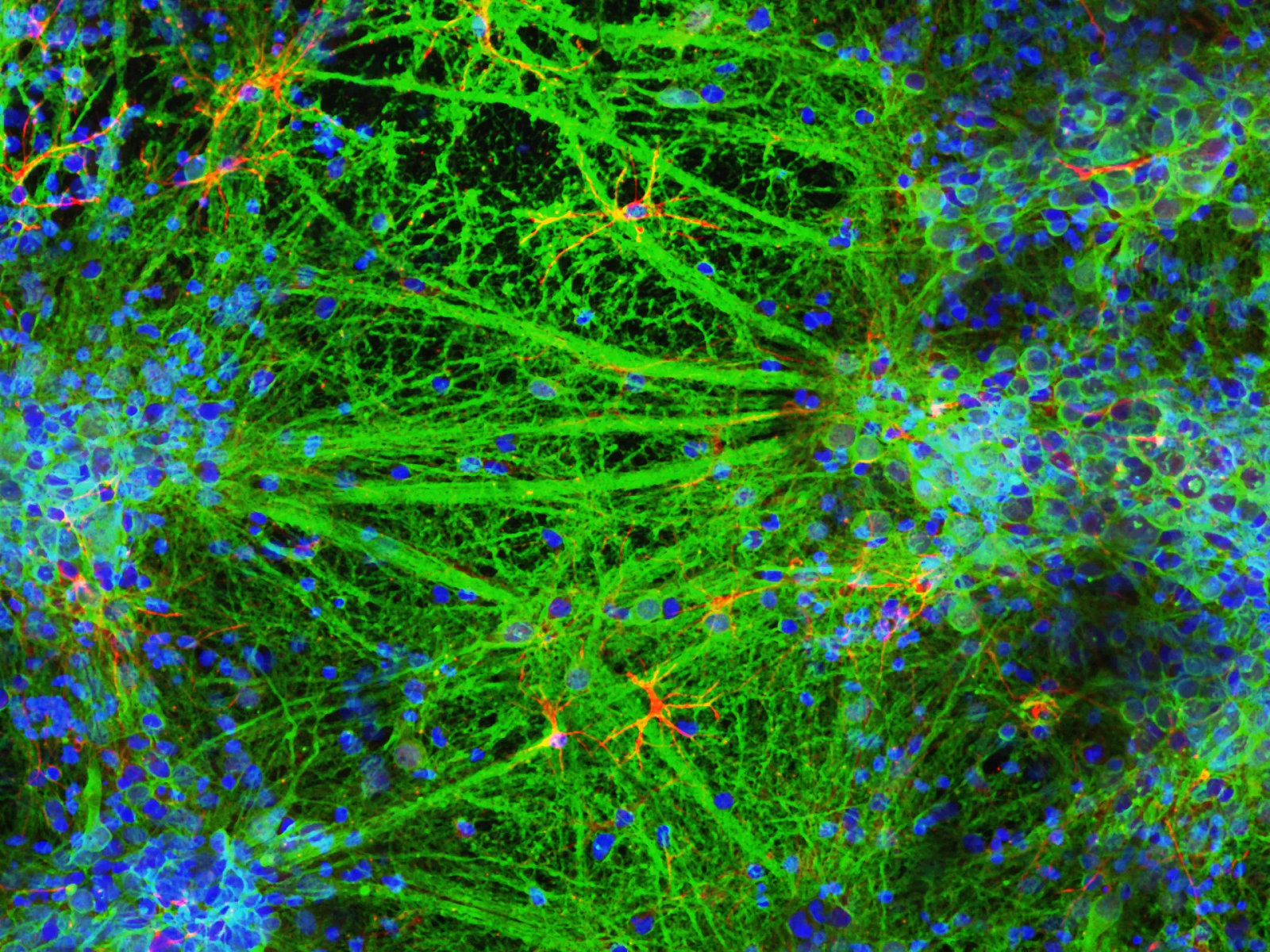Free will and simulated universe theory.
Do we have free will? The fact is that our society and other things like moral and ethical rules limit our free will, and the final limit is from the natural laws. If we think about our bodies, people may believe and want to fly. But we cannot fly without auxiliary machines. That thing limits our free will.
Another thing. That limits our free will in-laws. We can make anything that we want if that willingness follows the laws. Even if lawmakers allow us to grow wings and fly, that thing is impossible without genetic manipulation. But the other thing is that if we break the laws or some behavior code, that thing causes confusion and isolation.
And even if we can make the code of laws the limits come from other states. The question of free will is always top of the list about the allowance of the Internet's unlimited control. People who are against the control say that it limits free will. And the people who support unlimited control say that the people who follow the law do not need to fear the control.
When we talk about free will we always face things like AI-created pornographic pictures, that authorities can use to track people like pedophiles. The fact is that some people believe that those very photorealistic images are safe. But they can be used for the wrong purposes. These kinds of AI-rendered images can destroy people's reputations and the other thing is that these kinds of images can be used to make profiles of pedophiles.
"Neuroscientists from HSE University have questioned the conclusions of famous studies, primarily those by Benjamin Libet, that challenge the existence of free will. Libet’s experiments in the 1970s and 1980s used EEG to show that brain activity indicating a decision occurred before individuals were consciously aware of their intention to act. The HSE team’s recent research suggests flaws in Libet’s measurement of intention awareness and asserts that the readiness potential doesn’t directly correlate with the decision itself. Their findings highlight the need for a fresh approach to the debate on free will." (ScitechDaily/Does Free Will Exist? New Study Challenges Classic Libet Experiments)
The simulated reality theorem denies free will. Or does it?
But then we are facing a thing called the simulated reality theorem. The fact is that there is a 50% possibility that the reality is an extremely high-standard simulation. And that theorem also called the "Matrix theorem" explains many things like remote viewing. The idea is that we are living in a false world, created by some very intelligent programmer. The argument against that theorem is simple.
Who would make the simulation where all things are connected? The simulated reality denies the free will and that thing causes another question about reality. That theorem is an interesting hypothesis, and it has caused many discussions. And always we face the same question, who made that simulation?
"The simulated universe theory proposes that our reality is a complex computer simulation, an idea echoed throughout history and popular culture. The second law of infodynamics, a concept introduced using information theory, suggests that information entropy must decrease or remain constant over time. This new law might provide evidence for the simulated universe theory, as it implies universal data optimization and compression, which are characteristics of a simulation." (ScitechDaily.com/Redefining the Fabric of Reality: The Growing Evidence for a Simulated Universe)
What is complex reality?
The term "complex reality" means that reality can be a group of natural things metaverses and augmented reality. That means the metaverse can involve elements from nature and straight from our imagination.
What is reality? What if some computer gamers sit on the electric chair, and play some action game? What if a virtual bullet that shot to a virtual character launches that electric chair? Would that mean that computer game is a reality? Can we determine reality the effect that can affect us, even if it happens in computer games or some other virtual world?
And the other question what determines reality? What is real to us? What if we were trapped in a chair or to bed and connected to computers by using the BCI (Brain Computer Interface)? That kind of virtual- or ultimate reality would turn into actual reality for people if they live in that reality all their lives. That reality turns real to those actors. And if they lose their connection with other players for the rest of their lives, if some of them fall into that virtual world, that turns this kind of hypothetical metaverse into reality even if nobody dies.
Death means that an object or character called an actor loses its ability to communicate with us or affect us. That means it loses its interaction with the environment where we are living. And if the actor is dead that means its existence continues. But its meaning to us at this moment is over. And that thing means that the dead object loses its meaning to us. That object does not cause any calendar markings anymore.
That is one version for thing what the term death can mean. Death is not a synonym for existence. The person is living, and the stone is dead. That means we must avoid stones when we drive a car. But we cannot communicate with stones. Stone can convey information like texts that are written to it. But stone itself just exists.
https://scitechdaily.com/does-free-will-exist-new-study-challenges-classic-libet-experiments/
https://scitechdaily.com/redefining-the-fabric-of-reality-the-growing-evidence-for-a-simulated-universe/
















